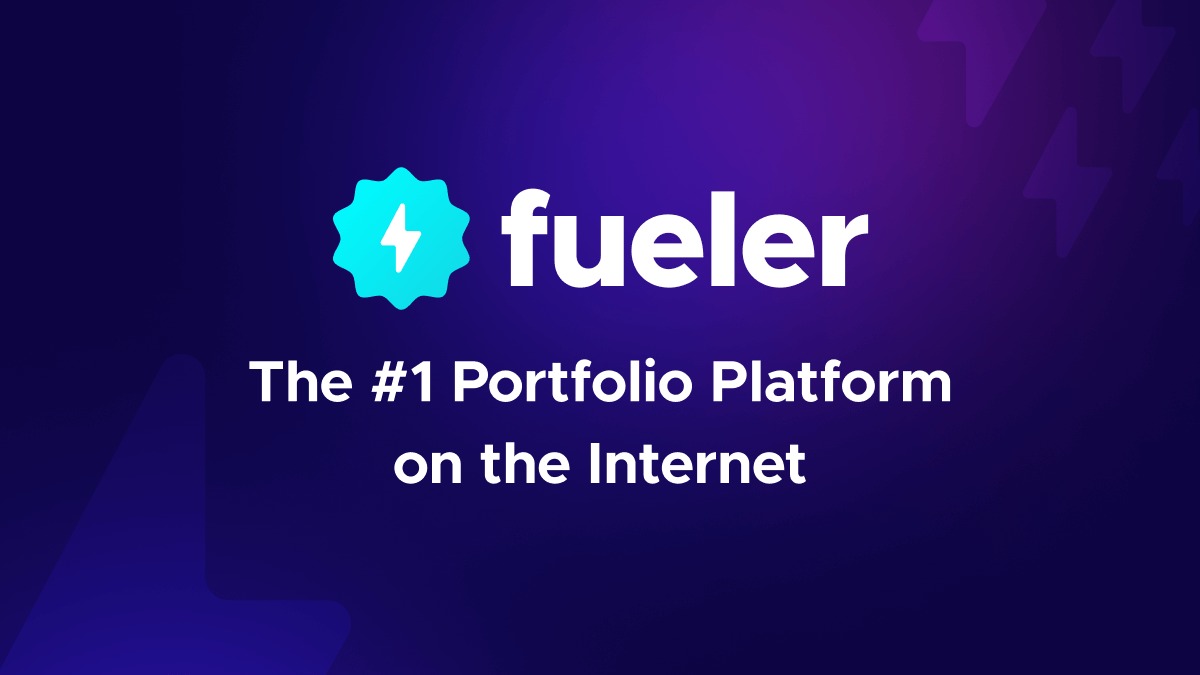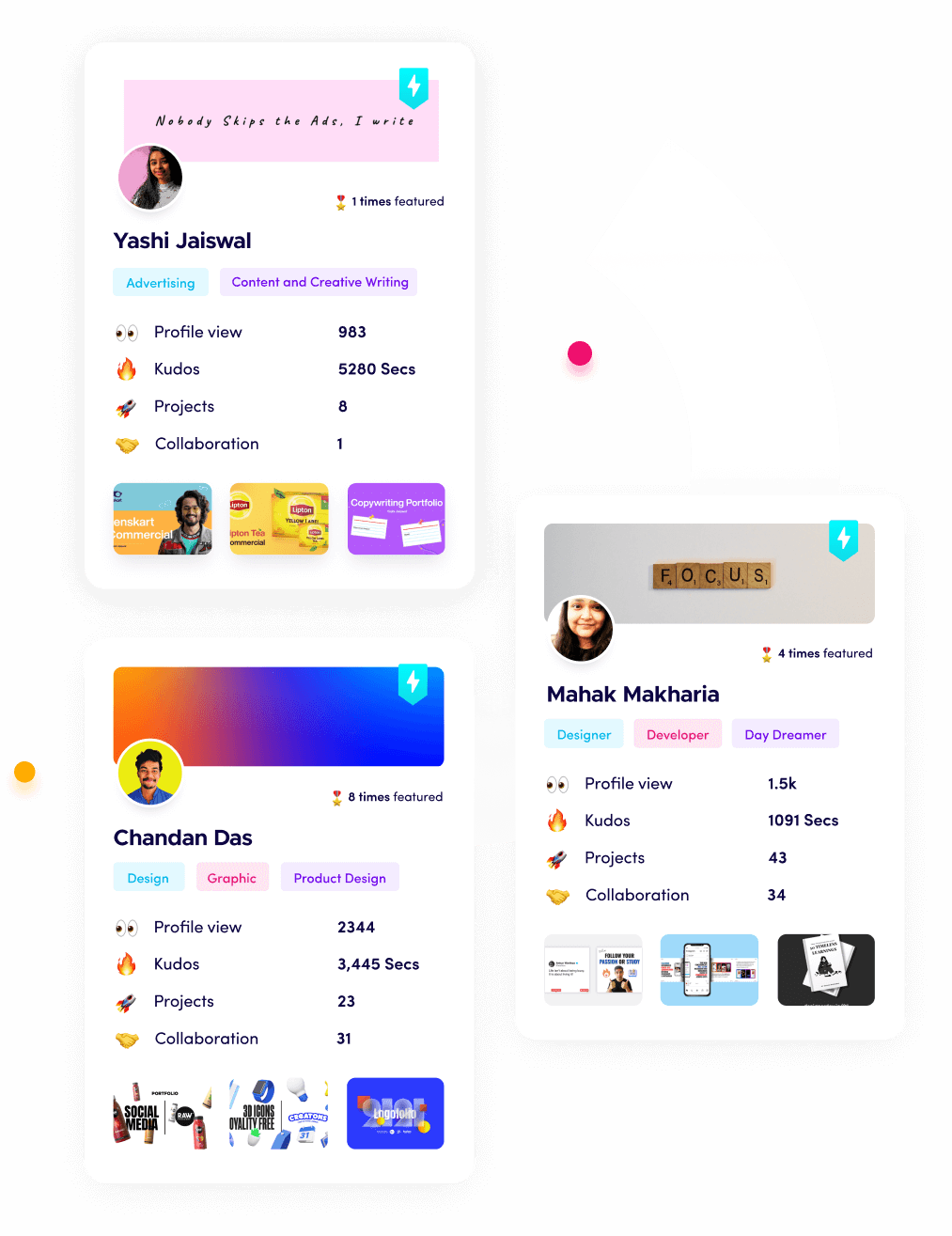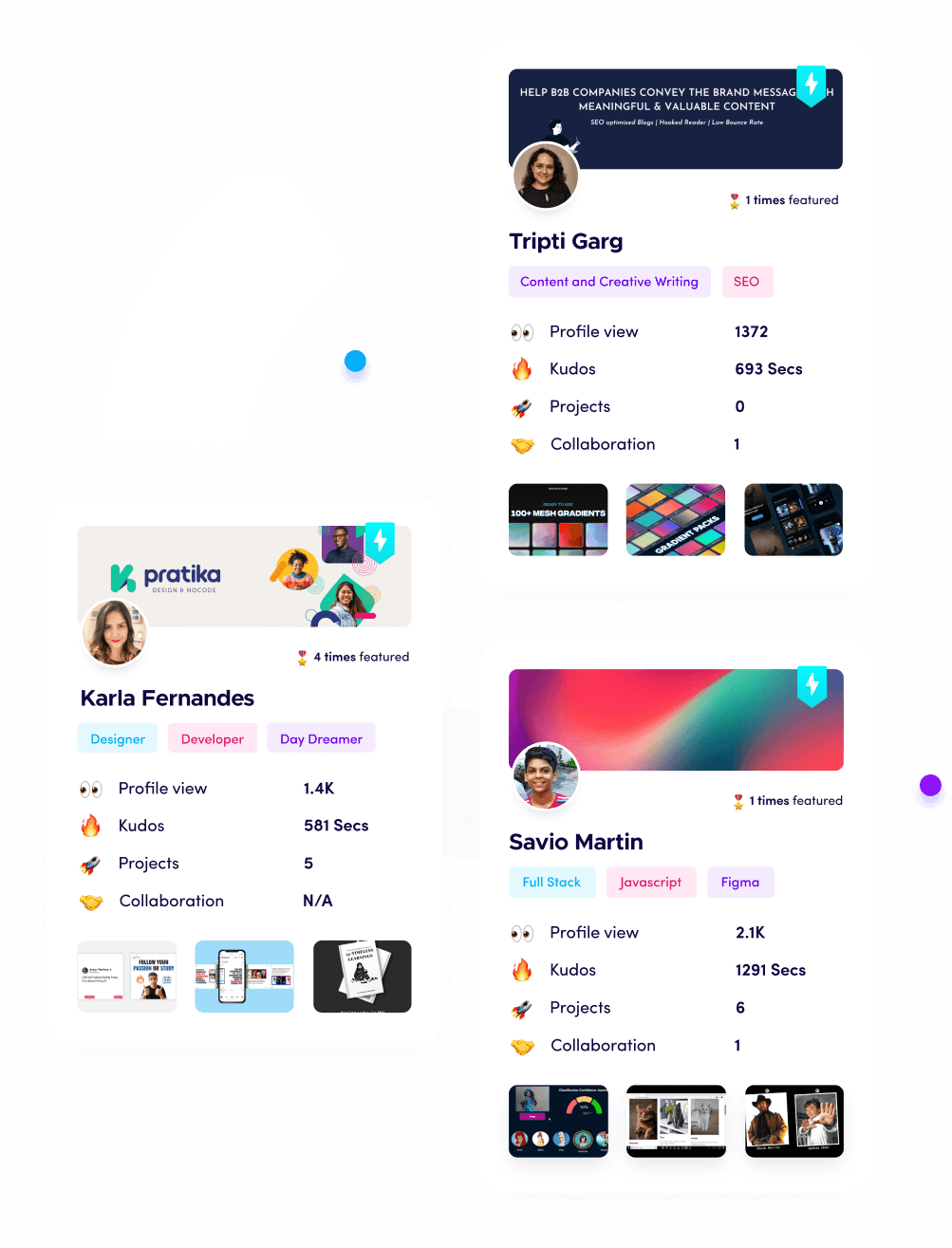How to Write an Action Plan for Improving Team Effectiveness

Riten Debnath
11 Jun, 2025

Have you ever been on a team where despite everyone's efforts, progress feels slow, miscommunication runs rampant, and deadlines slip away? You’re not alone. The difference between a struggling group and a high-performing team lies in one key element — a well-structured action plan designed to improve team effectiveness. In today’s fast-paced business world, companies that master this art gain a powerful edge, delivering better results, faster, while keeping their teams motivated and aligned.
I’m Riten, founder of Fueler, a portfolio platform that helps companies hire through real work samples, not just resumes. In this article, I’ll guide you through creating a detailed, step-by-step action plan to dramatically boost your team’s productivity and effectiveness. Just like a portfolio proves your professional skill, a great action plan proves your team’s ability to execute, collaborate, and meet goals. If you want to transform your team into a lean, aligned, results-driven unit, keep reading.
Why Team Effectiveness Is the Most Critical Factor for Success in 2025
The workplace has changed drastically. Remote work, hybrid teams, and project-based collaboration are now the norm. With this shift, traditional management techniques no longer cut it. Without clear structure, teams suffer from:
- Confusion about who owns what
- Overlapping responsibilities or gaps in work
- Inefficient communication channels
- Missed deadlines and reduced quality
- Low morale from constant rework and frustration
Improving team effectiveness isn’t just about working harder — it’s about working smarter by creating alignment, accountability, and efficient workflows.
Step 1: Conduct a Thorough Audit of Current Team Performance
Before building your action plan, you need to diagnose the current state of your team objectively. This means diving deep into data and feedback to understand where the real problems lie.
How to Audit Your Team Effectively:
- Review Past Projects: Analyze recent projects focusing on timelines, deliverable quality, and bottlenecks. Identify specific phases where delays occurred or tasks were unclear.
- Gather Team Feedback: Conduct anonymous surveys or one-on-one interviews asking questions like “What frustrates you most about current workflows?”, “Where do you feel communication breaks down?”, and “Which tools/processes slow you down?”
- Analyze Task Distribution: Use your project management software (like Asana, Trello, or Jira) to review task assignment balance. Are some members overloaded? Are others idle?
- Track Communication Efficiency: Evaluate frequency and outcomes of team meetings, responsiveness in messaging apps, and clarity in email exchanges.
- Measure Key Metrics: Identify your team's KPIs, such as average project completion time, number of revisions, or error rates.
This detailed audit lays the foundation for targeted improvements instead of guessing or applying generic fixes.
Step 2: Set Clear, Measurable, and Relevant Team Goals
Once you understand your team's current challenges, the next step is to define precise goals to address these gaps. Vague or generic goals like “Improve communication” don’t work. Goals must be specific, measurable, achievable, relevant, and time-bound (SMART).
Crafting Effective Team Goals:
- Specific: Define what exactly needs improvement. For example, “Reduce the number of weekly email threads by 50% through centralized communication.”
- Measurable: Attach concrete metrics such as “Increase on-time task completion from 75% to 90% in 3 months.”
- Achievable: Make sure goals are realistic given your team's size and resources to avoid burnout or discouragement.
- Relevant: Goals should align with broader company objectives. For example, if customer satisfaction is a priority, focus on improving internal response times or product quality.
- Time-bound: Set deadlines or checkpoints like “Implement a new workflow system by the end of Q2.”
Examples of effective goals include:
- Implementing a daily 15-minute team standup to boost alignment.
- Decreasing project revision rounds from 4 to 2 by clarifying initial briefs.
- Improving cross-department communication efficiency by adopting shared project tools.
Clear goals act as your north star, focusing the team’s efforts on what really matters.
Step 3: Assign Roles and Responsibilities with Absolute Clarity
One of the biggest killers of team effectiveness is unclear ownership. Without well-defined roles, tasks either fall through cracks or get duplicated.
Use the RACI Matrix for Clarity:
The RACI framework is a proven tool to clarify roles on every task or project:
- Responsible: The person who completes the task.
- Accountable: The person who owns the outcome and has decision authority.
- Consulted: People who provide input or expertise.
- Informed: Those who need to be kept updated.
Example: For a product launch:
- Responsible: Marketing Specialist creates campaign content.
- Accountable: Marketing Manager approves and oversees launch.
- Consulted: Product Team provides technical specs.
- Informed: Sales Team receives updates.
This prevents confusion, reduces micromanagement, and helps everyone understand their boundaries and duties.
Step 4: Design Standardized, Transparent Workflows and Processes
An action plan without structure is like a ship without a rudder. To improve effectiveness, your team needs repeatable and visible workflows that everyone follows.
How to Build Effective Processes:
- Map out every step: Define how projects move from initiation to completion (e.g., Brief → Plan → Execute → Review → Deliver).
- Choose the right tools: Use collaboration platforms like Notion, ClickUp, or Monday.com with templates for different workflows.
- Centralize documentation: All project files, updates, and communication should live in one accessible place to avoid confusion.
- Automate where possible: Set automated reminders, status updates, or task assignments to reduce manual errors.
- Document roles in workflows: Integrate your RACI roles into each workflow step to maintain accountability.
Transparent processes help reduce guesswork and build confidence that everyone knows what to do next.
Step 5: Communicate Goals and Expectations Clearly and Often
Even the best action plan fails if it’s not communicated well. Effective communication ensures the team stays aligned and motivated.
Communication Best Practices:
- Kickoff meetings: Before starting projects, explain goals, roles, timelines, and expectations clearly.
- Regular check-ins: Use daily standups or weekly reviews to track progress and address blockers quickly.
- Written updates: Use shared platforms to post status reports and decisions to keep everyone on the same page.
- Open feedback loops: Encourage team members to raise concerns or suggest improvements without fear.
- Visual management: Use dashboards or Kanban boards to visualize progress and bottlenecks.
Clear communication removes uncertainty and keeps energy focused on execution.
Step 6: Monitor Progress and Adjust Your Plan Dynamically
A good action plan is a living document — you must track progress and be ready to adjust.
How to Monitor Effectiveness:
- Track KPIs regularly: Use your defined metrics (e.g., on-time completion rate, revision counts).
- Hold retrospective meetings: After each project or sprint, discuss what went well and what didn’t.
- Collect continuous feedback: Regularly ask your team what’s working and what can improve.
- Update the action plan: Based on data and feedback, tweak roles, goals, or workflows.
- Celebrate successes: Recognize when goals are met to boost morale.
Continuous improvement ensures your team stays agile and evolves with changing demands.
Step 7: Foster a Culture of Accountability and Ownership
Effective teams thrive on accountability, where every member owns their contribution fully.
Building Accountability:
- Set clear expectations upfront.
- Use transparent reporting tools so everyone can see progress.
- Encourage peer reviews and support rather than blame.
- Provide training and resources to help team members succeed.
- Lead by example: As a manager or founder, demonstrate responsibility in your actions.
Accountability boosts motivation and reduces delays caused by finger-pointing.
Step 8: Leverage Technology to Support Your Action Plan
In 2025, digital tools are essential to improving team effectiveness.
- Project management software (Asana, Jira, ClickUp) keeps tasks organized and visible.
- Communication tools (Slack, Microsoft Teams) enable fast, documented conversations.
- File-sharing platforms (Google Drive, Dropbox) ensure everyone has access to the latest documents.
- Time-tracking and analytics help identify productivity patterns and bottlenecks.
A strategic combination of these tools supports your action plan by increasing transparency and speeding up workflows.
Why Fueler Fits Perfectly Into This Approach
As the founder of Fueler, I designed the platform to solve a key hiring challenge: companies often struggle to find candidates who can deliver real work. Fueler helps teams and companies evaluate talent through real assignments, which improves hiring quality and speeds up onboarding. When your team members are evaluated and hired based on their actual skills, they hit the ground running, increasing overall team effectiveness from day one.
Final Thoughts
Writing an action plan to improve team effectiveness is not a one-time activity but an ongoing process. It requires honest assessment, clear goal setting, defined roles, structured workflows, transparent communication, continuous monitoring, and leveraging the right tools. By following these detailed steps, you create a high-performing team that can adapt to any challenge and deliver consistent, quality results. Remember, effective teams build successful businesses — and it all starts with a solid action plan.
FAQs
1. What is an action plan for team effectiveness?
An action plan for team effectiveness is a detailed roadmap that outlines steps to improve communication, define roles, set goals, and streamline workflows to boost overall team productivity and results.
2. How do I measure team effectiveness?
You can measure team effectiveness using metrics like task completion rates, project delivery times, error or revision counts, team satisfaction surveys, and communication efficiency.
3. What tools help improve team effectiveness?
Popular tools include project management software like Asana and ClickUp, communication apps like Slack and Microsoft Teams, and file-sharing platforms like Google Drive.
4. How do I assign roles clearly in a team?
Use frameworks like the RACI matrix to assign who is Responsible, Accountable, Consulted, and Informed for every task or project to avoid confusion.
5. How often should I review my team’s action plan?
Review your action plan regularly — ideally after each project or sprint and at least quarterly — to make data-driven adjustments and improve continuously.
What is Fueler Portfolio?
Fueler is a career portfolio platform that helps companies find the best talents for their organization based on their proof of work.
You can create your portfolio on Fueler, thousands of freelancers around the world use Fueler to create their professional-looking portfolios and become financially independent. Discover inspiration for your portfolio
Sign up for free on Fueler or get in touch to learn more.


